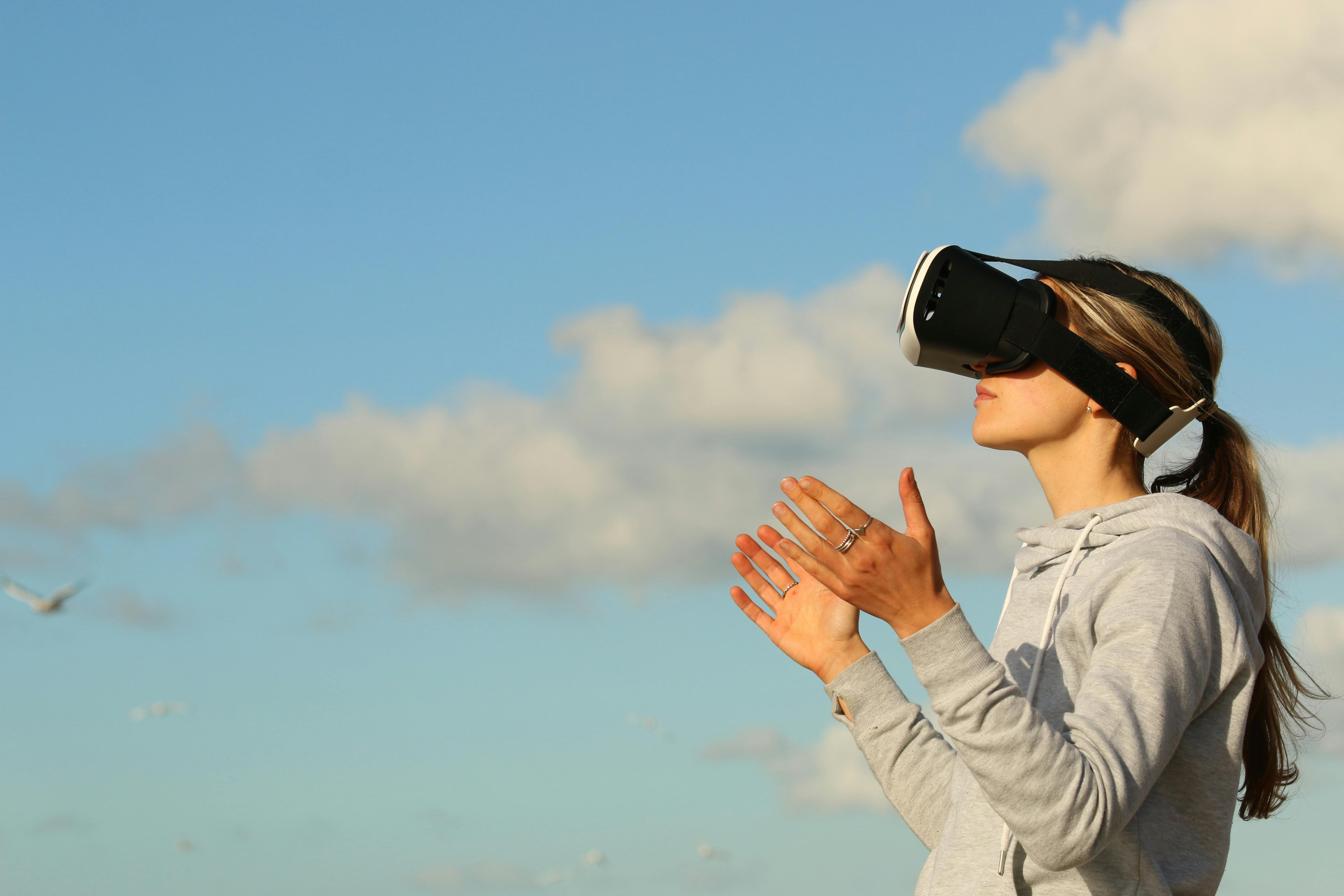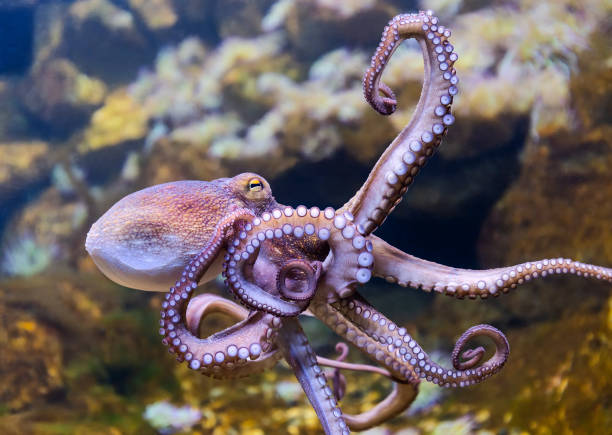Reimagining Reality: Virtual Reality's Pioneering Role in Modern Art
Introduction: Immerse yourself in a world where the boundaries of creativity are redefined. Where artistry meets technology, and the viewer becomes a part of the artwork. This is the pioneering world of Virtual Reality (VR) art. Virtual reality, first conceived in the 1960s, has grown exponentially over the past few decades, evolving from a concept of science fiction to a cutting-edge technology utilized across industries. Its application in the world of art, however, is a relatively recent development. Early pioneers of VR art, such as Char Davies and Myron Krueger in the 1990s, challenged the traditional boundaries of artistic expression, creating immersive multidimensional environments that invited viewers to interact directly with the artwork.

Virtual Reality Art in Today’s World
Fast forward to the 21st century, and VR art has taken off in a big way. Notable artists such as Marshmallow Laser Feast and Jakob Kudsk Steensen have made waves with their groundbreaking VR installations. These artists leverage VR technology to create immersive, interactive experiences that transport viewers into alternate realities, challenging their perceptions of space, time, and identity.
The recent pandemic has accelerated the adoption of VR art, with many galleries and museums offering virtual exhibitions as a response to physical distancing measures. Renowned institutions like the Museum of Other Realities and the Kremer Museum have embraced VR technology, providing immersive, at-home art experiences that would be impossible in a traditional gallery setting.
The Impact and Reception of Virtual Reality Art
The impact of VR on the art world has been profound. It has democratized art, making it accessible to anyone with a VR headset. The immersive nature of VR art also provides a unique platform for artists to explore complex themes and narratives, creating a deeply personal and evocative viewer experience.
Critics and audiences alike have praised VR art for its innovation and interactivity. However, it has also sparked debates about the role of technology in art. Some purists argue that the digital nature of VR art detracts from the tactile, physical essence of traditional artistic mediums. Yet, many believe that this fusion of art and technology represents the future of artistic expression.
The Future of Virtual Reality Art
The potential for VR in the art world is vast. As technology continues to evolve, so too will the possibilities for artistic expression. Artists are already exploring the use of haptic feedback and biometric data to create even more immersive and personalized VR experiences.
While the future of VR art is undoubtedly exciting, it also raises questions about the sustainability and ethics of such technology. Concerns about energy consumption, e-waste, and digital inequality are challenges that the VR art community will need to address moving forward.
From its initial conceptualization to its contemporary applications, Virtual Reality has truly reimagined the realm of artistic expression. As we venture into this new era of digital art, we must celebrate its innovation while critically examining its implications. Virtual Reality art represents a brave new world of creativity, a world that redefines reality.





